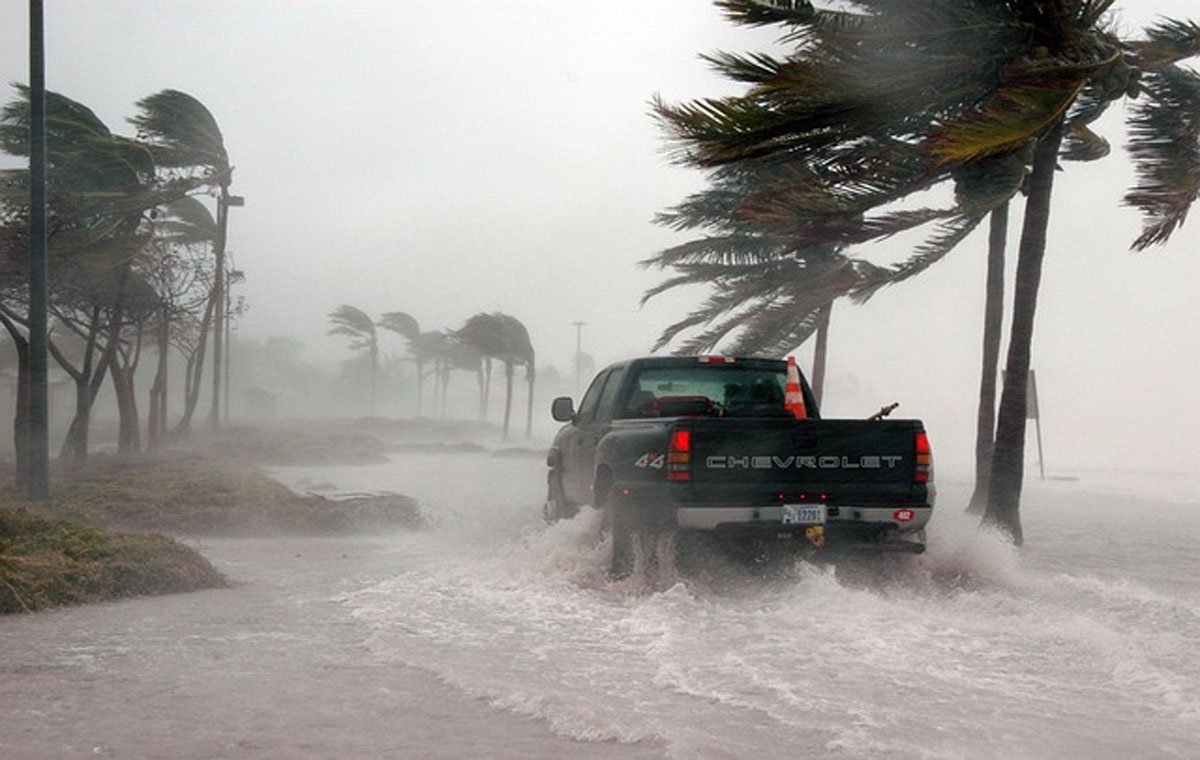The combination of “2023-1954” might seem cryptic at first glance, but it holds significance across various fields including history, technology, and cultural studies. In this article, we’ll delve into the meaning and implications of “2023-1954,” exploring its relevance from multiple perspectives.
Understanding “2023-1954”
The term “2023-1954” is a juxtaposition of two years, 2023 and 1954, which can symbolize a wide range of concepts, from historical events and technological advancements to cultural reflections. To fully understand its significance, we will break down the implications of these years and explore how they are connected.
Historical Context: 1954 and 2023
1. Historical Events from 1954
The year 1954 was a pivotal time in the 20th century, marked by several significant global events:
- End of the First Indochina War: The Geneva Accords were signed in July 1954, ending the First Indochina War between France and the Viet Minh and leading to the division of Vietnam.
- The Launch of the First Nuclear Submarine: The USS Nautilus, the world’s first nuclear-powered submarine, was launched in January 1954, representing a major advancement in naval technology.
- Brown v. Board of Education: In May 1954, the U.S. Supreme Court delivered the landmark decision in Brown v. Board of Education, which declared racial segregation in public schools unconstitutional.
markdownCopy code## Key Events of 1954
| Event | Description |
|------------------------------------|----------------------------------------------------------|
| End of the First Indochina War | Geneva Accords resulted in the division of Vietnam. |
| Launch of USS Nautilus | The first nuclear-powered submarine was launched. |
| Brown v. Board of Education | Landmark U.S. Supreme Court decision on school desegregation. |
2. Recent Developments in 2023
Fast forward to 2023, a year marked by ongoing technological advancements and global challenges:
- Advancements in Artificial Intelligence: 2023 saw significant developments in AI technologies, including more sophisticated machine learning models and their applications across various industries.
- Global Climate Initiatives: Governments and organizations worldwide focused on combating climate change through new policies, agreements, and technological innovations.
- COVID-19 Pandemic Recovery: The world continued to address the aftermath of the COVID-19 pandemic, with ongoing vaccination efforts and economic recovery plans.
markdownCopy code## Key Events of 2023
| Event | Description |
|--------------------------------------|----------------------------------------------------------|
| Advancements in Artificial Intelligence | Significant progress in AI technologies and applications. |
| Global Climate Initiatives | New policies and agreements aimed at climate change. |
| COVID-19 Pandemic Recovery | Continued efforts in vaccination and economic recovery. |
The Connection Between 1954 and 2023
The juxtaposition of 1954 and 2023 can represent a comparative lens through which we analyze progress and change over nearly seven decades. Let’s explore a few themes where these years intersect:
1. Technological Evolution
The leap from the launch of the USS Nautilus in 1954 to the advanced AI technologies of 2023 showcases the dramatic advancements in technology.
- 1954: The launch of a nuclear submarine symbolized the era’s technological aspirations and military advancements.
- 2023: AI technologies reflect today’s focus on digital innovation, data analysis, and automation.
markdownCopy code## Technological Evolution from 1954 to 2023
| Year | Technology | Description |
|------|------------------------------------|-----------------------------------------------------------|
| 1954 | USS Nautilus | The world’s first nuclear-powered submarine. |
| 2023 | Advanced AI Technologies | Sophisticated machine learning models and their applications. |
2. Social and Cultural Changes
Comparing the social and cultural climates of 1954 and 2023 offers insights into how societal values and challenges have evolved.
- 1954: Post-war optimism and the beginning of the civil rights movement.
- 2023: Ongoing social justice movements and a global focus on equality and inclusion.
markdownCopy code## Social and Cultural Changes from 1954 to 2023
| Year | Social/Cultural Aspect | Description |
|------|------------------------------------|-----------------------------------------------------------|
| 1954 | Civil Rights Movement Begins | A pivotal year for the beginning of the civil rights movement in the U.S. |
| 2023 | Global Social Justice Movements | Continued advocacy for equality, inclusion, and human rights. |
3. Geopolitical Shifts
The geopolitical landscape has changed significantly from 1954 to 2023.
- 1954: The Cold War was at its height, and the global power dynamics were characterized by the competition between the U.S. and the Soviet Union.
- 2023: A multipolar world with new emerging powers and complex international relationships.
markdownCopy code## Geopolitical Shifts from 1954 to 2023
| Year | Geopolitical Context | Description |
|------|------------------------------------|-----------------------------------------------------------|
| 1954 | Cold War Era | Dominated by U.S.-Soviet rivalry and global tensions. |
| 2023 | Multipolar World | A more complex global power structure with new emerging powers. |
Case Studies: 1954 vs. 2023
To further understand the impact of these years, let’s look at a couple of case studies:
1. Nuclear Technology
1954: The USS Nautilus showcased the potential of nuclear technology in naval defense.
2023: Nuclear technology has expanded into various fields, including energy production and medical applications.
markdownCopy code## Case Study: Nuclear Technology
| Year | Example | Description |
|------|-------------------------------------|-----------------------------------------------------------|
| 1954 | USS Nautilus | First nuclear-powered submarine. |
| 2023 | Modern Nuclear Power Plants | Expanded use for energy production and technological advancements. |
2. Civil Rights and Social Movements
1954: The landmark Brown v. Board of Education decision marked a critical point in the U.S. civil rights movement.
2023: Ongoing global movements focus on civil rights, gender equality, and social justice.
markdownCopy code## Case Study: Civil Rights and Social Movements
| Year | Event | Description |
|------|-------------------------------------|-----------------------------------------------------------|
| 1954 | Brown v. Board of Education | Landmark Supreme Court decision on racial segregation. |
| 2023 | Global Social Justice Movements | Continued advocacy for equality and human rights worldwide. |
The Future of 2023 and Beyond
Looking ahead from 2023, we anticipate several trends and developments:
- Advancements in Technology: Continued innovation in AI, biotechnology, and sustainable technologies.
- Global Collaboration: Increased international cooperation to address climate change, health crises, and global conflicts.
- Cultural Shifts: Ongoing changes in societal values and cultural norms driven by technological advancements and global connectivity.
Conclusion
The juxtaposition of 2023-1954 offers a rich tapestry of historical and contemporary insights. By exploring the key events and themes from these two years, we can gain a deeper understanding of technological advancements, social changes, and geopolitical dynamics over the past seven decades.
Whether examining technological progress from the USS Nautilus to modern AI or analyzing the evolution of social movements, 2023-1954 serves as a reminder of how far we’ve come and the challenges and opportunities that lie ahead.
Read More:



